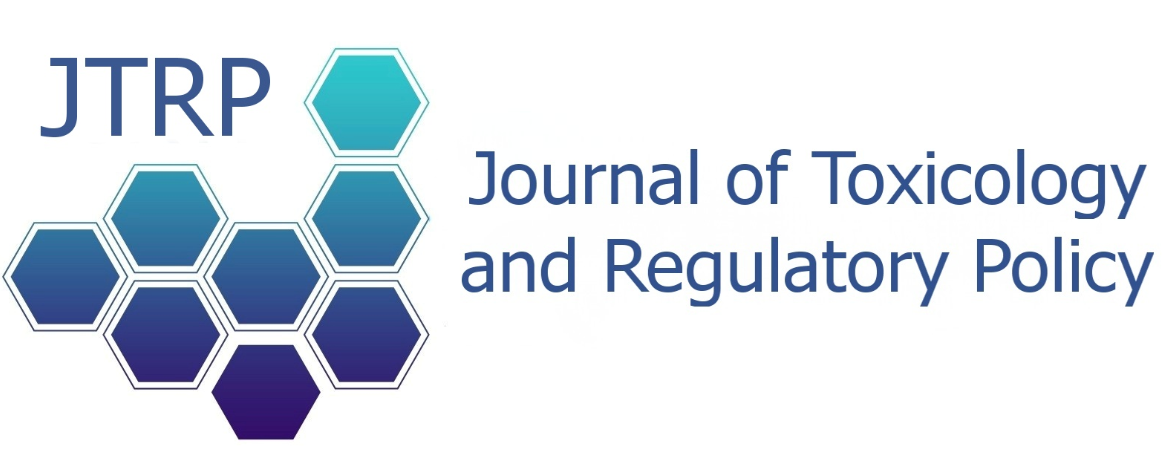Skip to main content
Issues
Select Issue
REVIEW
COMMENTARIES
RESEARCH PAPERS
Incorporation of the concept of tipping points into adverse outcome pathways (AOPs)
Ted W. Simon and
Richard A. Becker
An overview of where we are on PFAS in 2024
Michael Dourson
The safe dose for perfluorooctanoate: a commentary on the North American Federal perspective
Michael L. Dourson and
Chijioke Onyema
Incorporation of the concept of tipping points into adverse outcome pathways (AOPs)
Ted W. Simon and
Richard A. Becker
An overview of where we are on PFAS in 2024
Michael Dourson
The safe dose for perfluorooctanoate: a commentary on the North American Federal perspective
Michael L. Dourson and
Chijioke Onyema
